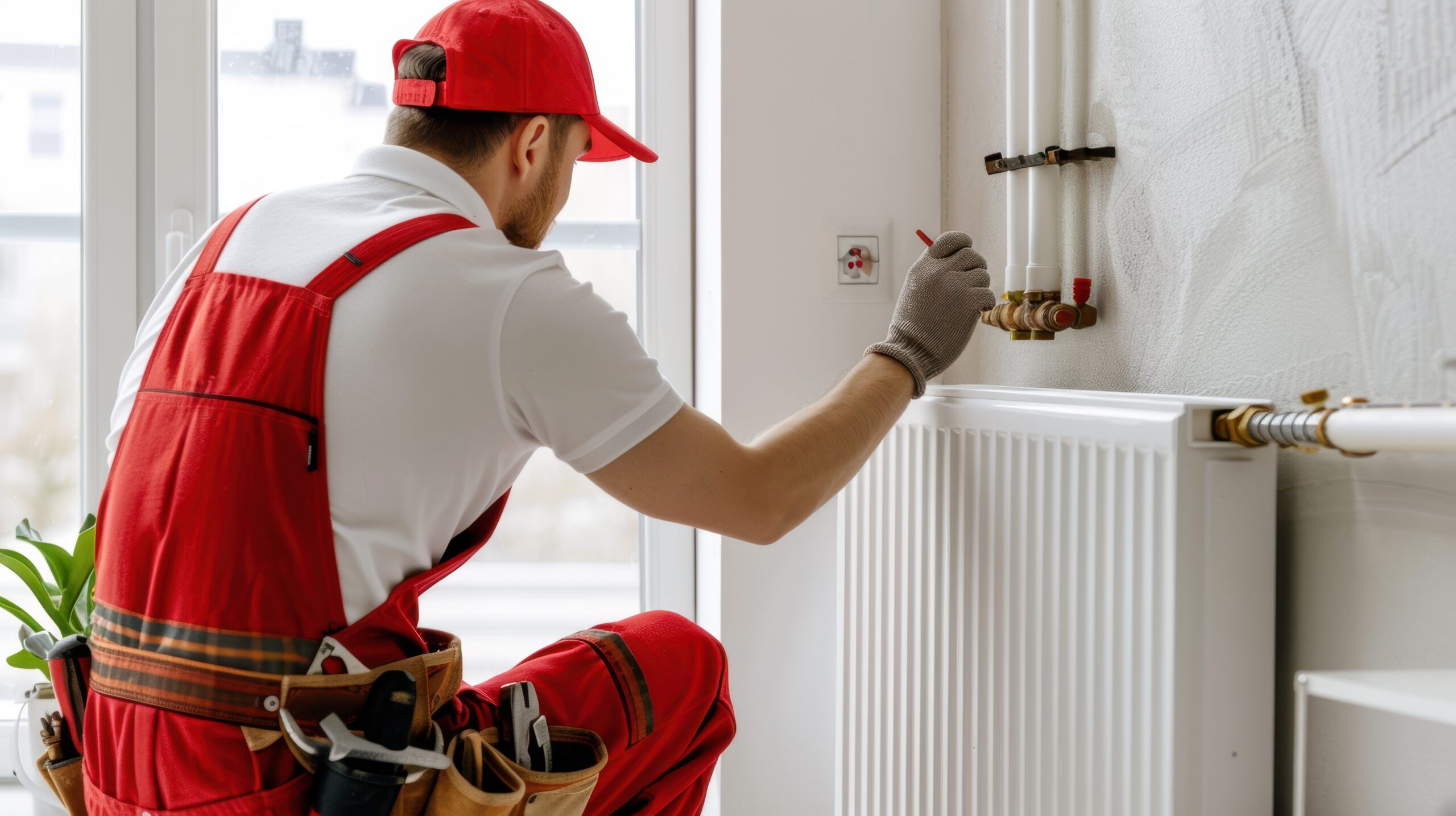When winter’s chill sets in, a functioning heating system becomes crucial for your comfort and safety. However, heating systems can sometimes fail when you need them most. This comprehensive guide will walk you through everything you need to know about emergency heating repairs, from identifying problems to taking immediate action and preventing future issues.
Understanding Your Heating System
Before diving into emergency repairs, it’s important to understand the different types of heating systems commonly found in homes. Furnaces heat air and distribute it through ducts, typically powered by gas, electricity, or oil. Heat pumps are versatile systems that transfer heat from outside to inside, and they can also act as air conditioners in warmer months. Boilers work by heating water and distributing it through radiators or underfloor heating systems.
Finally, space heaters are portable units that provide localized heating when needed. Knowing the basics of these systems can help you identify potential issues more easily.
Knowing your specific heating system can help you better diagnose problems and communicate with professionals when an emergency heating repair is needed.
Signs You May Need An Emergency Heating Repair
Recognizing the signs of a failing heating system is crucial for timely intervention. Here are some indicators that you might need emergency heating repairs:
1. Unusual Noises
If you hear banging, clanking, or whistling sounds coming from your heating system or boiler, it could indicate a serious problem that may require boiler repair and immediate attention.
2. Inconsistent Heating
Cold spots in your home or frequent temperature fluctuations may signal that your heating system is struggling to maintain consistent warmth.
3. Increased Energy Bills
A sudden spike in your heating or water heater repair bills without a corresponding change in usage could indicate that your system is working harder than it should due to inefficiencies or malfunctions.
4. Strange Odors
Unusual smells, particularly a gas odor, can be a sign of a potentially dangerous situation that requires emergency heating repairs.
5. Yellow or Flickering Flames
For gas furnaces, the burner flame should be blue. A yellow or flickering flame can indicate incomplete combustion and may suggest a carbon monoxide leak, which is a serious safety hazard.
6. Humidity Issues
If your home feels unusually humid or dry, it could be a sign that your heating system is not functioning correctly.
7. Unresponsive Thermostat
If your thermostat is unresponsive or displaying incorrect temperatures, it could lead to inconsistent heating throughout your home.
Steps to Take During a Heating Emergency
In the event of a heating emergency, it’s important to act quickly and follow these steps. First, assess the situation by checking for visible signs of damage, leaks, or unusual noises, and ensure the thermostat is set correctly. Next, turn off the system using the emergency shutoff switch, typically located near the furnace, to prevent further damage or hazards. If you smell gas or your carbon monoxide detector goes off, evacuate the premises immediately and contact emergency services from a safe location.
Once everyone is safe, reach out to a licensed and insured HVAC technician, providing clear details about the issue. Finally, document everything, including what you observed, actions taken, and any conversations with the technician for future reference or warranty claims.
Preventing Future Emergencies: Maintenance Tips
To prevent the need for emergency heating repairs, it’s important to take a few proactive steps. Start by scheduling annual inspections with a professional to ensure your heating system is in good condition, ideally before the heating season starts. Regularly changing or cleaning air filters every 1-3 months will help maintain proper airflow and efficiency.
Keep vents and registers clear of furniture, curtains, or other obstructions to allow for unrestricted airflow. Installing a programmable thermostat can also optimize your heating schedule and reduce energy consumption.
Additionally, inspect and seal any leaks in your ductwork and insulate pipes to improve efficiency. Finally, educate your family on how to properly operate the heating system and what steps to take in case of an emergency.
Conclusion
Emergency heating repairs can be stressful, but being informed and prepared can make a significant difference. By recognizing the signs of potential issues, knowing the steps to take during an emergency, and implementing preventative measures, you can ensure your home remains warm and safe during the colder months.
Remember, while some minor heating issues can be addressed by homeowners, most emergency heating repairs should be handled by a qualified HVAC technician. However, you can always contact us if you run into such problems.
At Big Red Services, we proudly serve a large area, offering top-notch HVAC, plumbing, and electrical solutions for both homes and businesses. No matter where you’re located, our team is dedicated to delivering prompt, professional service with a focus on quality every time.


